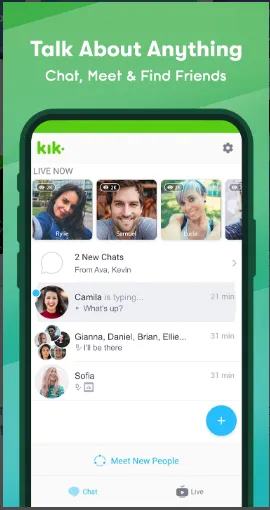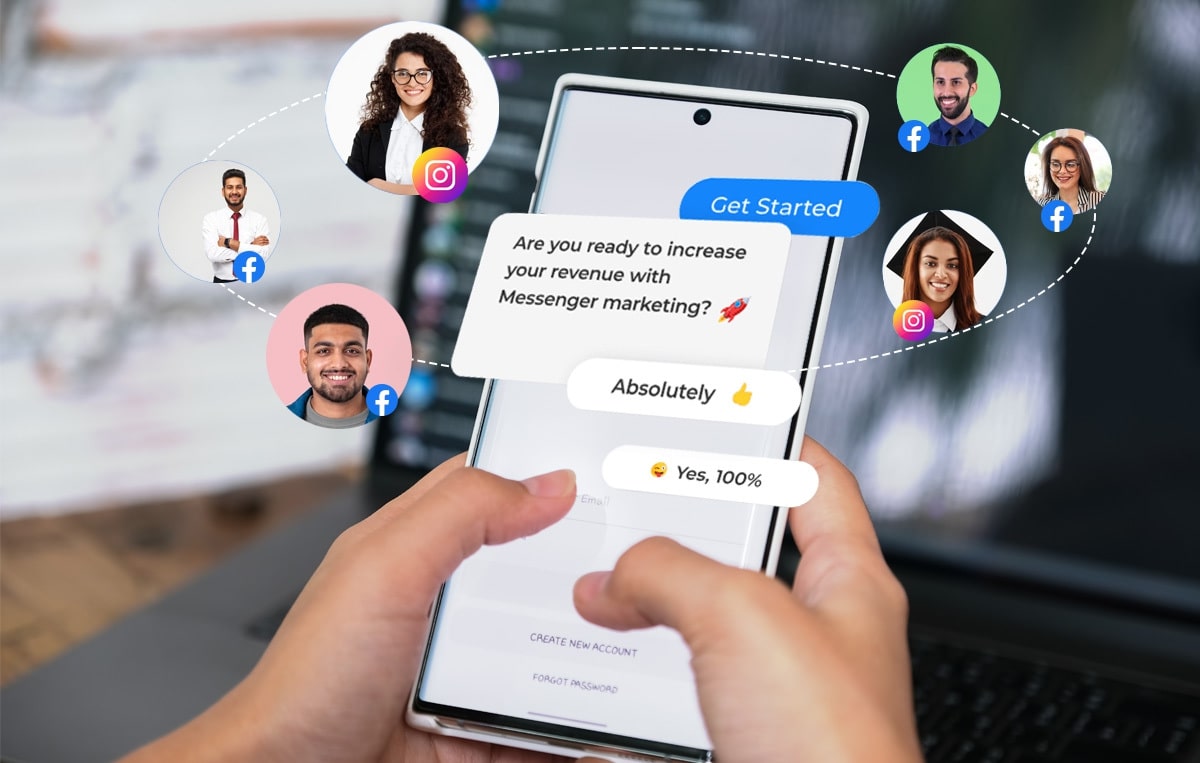More About Kik
Kik is an instant mobile messaging service commonly used for social interactions by youngsters and teenagers. Though analogous to texting apps like WhatsApp, Kik offers additional advantages, such as anonymity.
After its launch in 2010, Kik also gained popularity for its user-friendly interface and ability to connect people globally.
Unlike WhatsApp, which needs users to register with their phone numbers, Kik allows users to create an account with a username only. Thus, users can communicate with other individuals and groups without revealing their personal information. However, this merit also raised privacy concerns and raised controversies regarding the app’s safety, both for adults and children, over the years.
What is Kik’s function, and what is the primary purpose of the app?
Kik resembled common messaging applications at its launch. However, you only needed an email address and password to access it on iPhone and Android.
You could then communicate with friends and family members by adding their usernames. Other users would require your username to send you a request, just like Instagram and other applications. People could also scan a unique ‘Kik Code’ (a QR code) or grant access to their phone contacts to send requests.
Here are the primary features of Kik:
- Direct conversations
- Share a variety of multimedia, including photographs, movies, emoticons, doodles, and GIFs.
- Like Skype, Kik allows live video chats.
- Access to group chat (up to 49 additional users).
- Follow and interact with entities in entertainment, media, and other categories through promoted chats.
The app also provided a built-in web browser so that users could browse and share web content right from the app. Over time, additional features attracted users, particularly among the teenager and young adult groups. These included built-in games, chatbots, and promoted communities.
However, Kik also faced controversy and concerns over its use by some individuals for illegal activities and inappropriate content, especially with regard to parental control over the app. Kik allowed users to share various media types, creating a risk of exposure to explicit content for children.
Though Kik provided some parental control features, such as blocking and reporting users, these features were not foolproof.
Is Kik still available for use?
To date, Kik exists without much innovation, having been acquired by the Medialab company in 2019.
The image below shows the user interface of Kik.



